
Wildlife cruise in world’s largest mangrove forest, the Sundarbans, both awes and stimulates awareness of the area’s fragility
- The vast Sundarbans mangrove forest that straddles southern Bangladesh and eastern India teems with wildlife, from Bengal tigers to crocodiles and dolphins
- Although four protected areas are Unesco World Heritage sites, rising sea levels are swallowing the forest and one feels it could all slip away at any minute
When it comes to Sundarbans, it is difficult not to speak in superlatives.
The world’s largest mangrove forest covers 10,000 square kilometres (3,860 square miles) of the world’s biggest delta, where the liquid juggernauts of the Ganges, Brahmaputra and Meghna rivers discharge into the Bay of Bengal.
Straddling southern Bangladesh and eastern India, the Sundarbans’ labyrinthine tidal waterways, mudflats and islands of silt are stalked by Bengal tigers; enormous estuarine crocodiles that patrol the opaque rivers; and ferociously clawed monitor lizards that drape themselves along tree branches, their tails dangling like a dinosaur’s might down to the water below.
A visit to this wild place, however, inspires not only awe at its primordial might, but also awareness of its fragility.
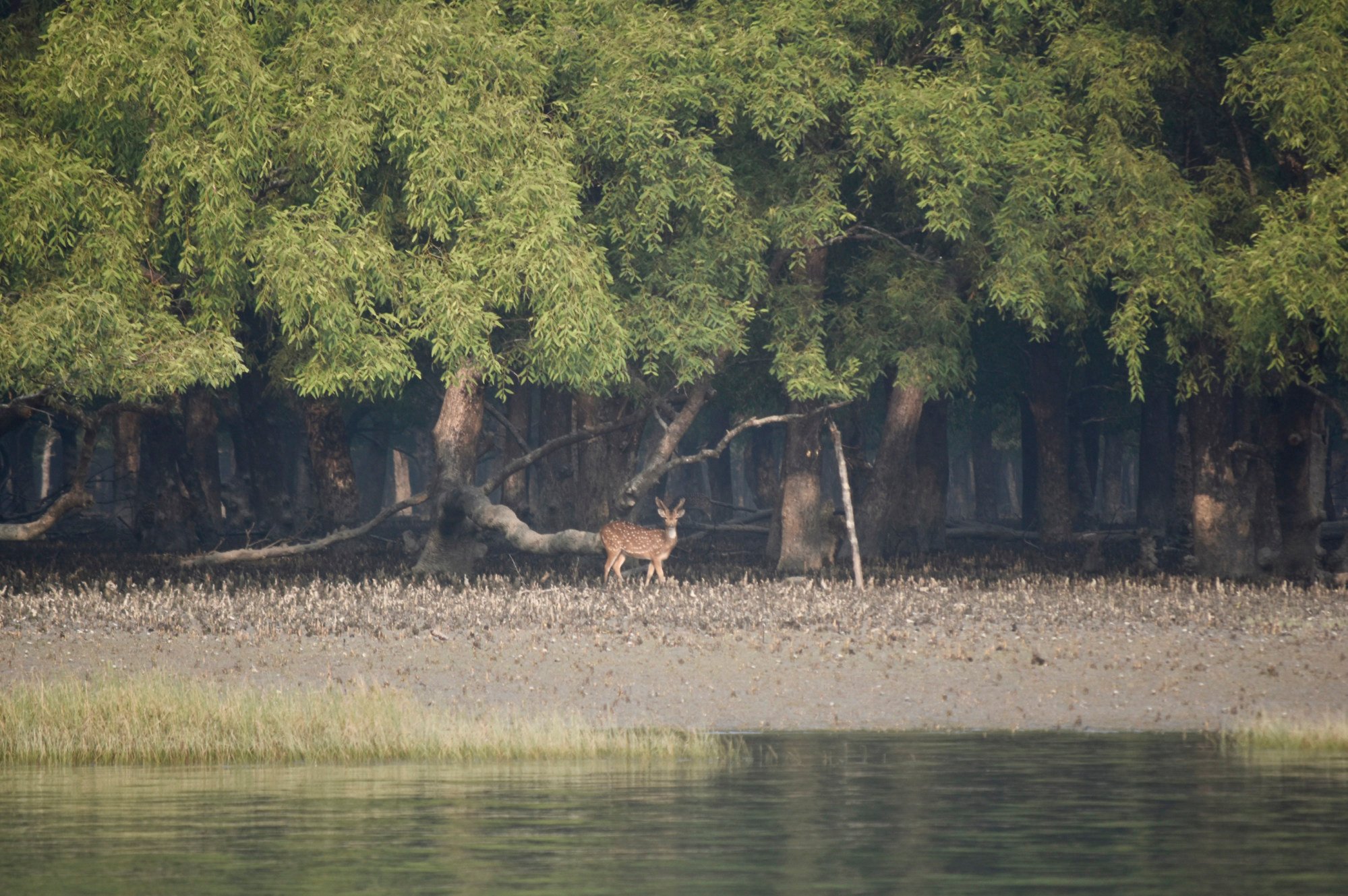
Like the tides that are so dramatic here that about a third of the land disappears and reappears every day, or the islands of silt that build up over months only to be washed away in a flood, the Sundarbans evokes the feeling that it could at any minute just slip away.
Nowhere is this impression of sliding between states as strong as at the very end of the delta, where the land gives way to the open sea.
Put off visiting Myanmar? Try Thai border town Sangkhlaburi for the same vibe
Before dawn, I join the 50 or so other tourists on my cruise through the Bangladeshi Sundarbans on an hour’s walk through the mangroves to Kotka Beach.
Overnight, we chugged on our river cruiser – the twin-decked Aral Sea, painted white with a colourful swirling motif painted along the hull – from the bustling city of Khulna south, to Kochikhali. We woke to bundle ourselves onto the smaller wooden boats that had been tethered to the stern of the cruiser, to be ferried to shore.
When we reach the beach, the sun has risen, a glowing ball of red in an overcast, hazy sky. In the dim light, it is impossible to tell where the silver sea ends and the metallic grey of the sky begins.
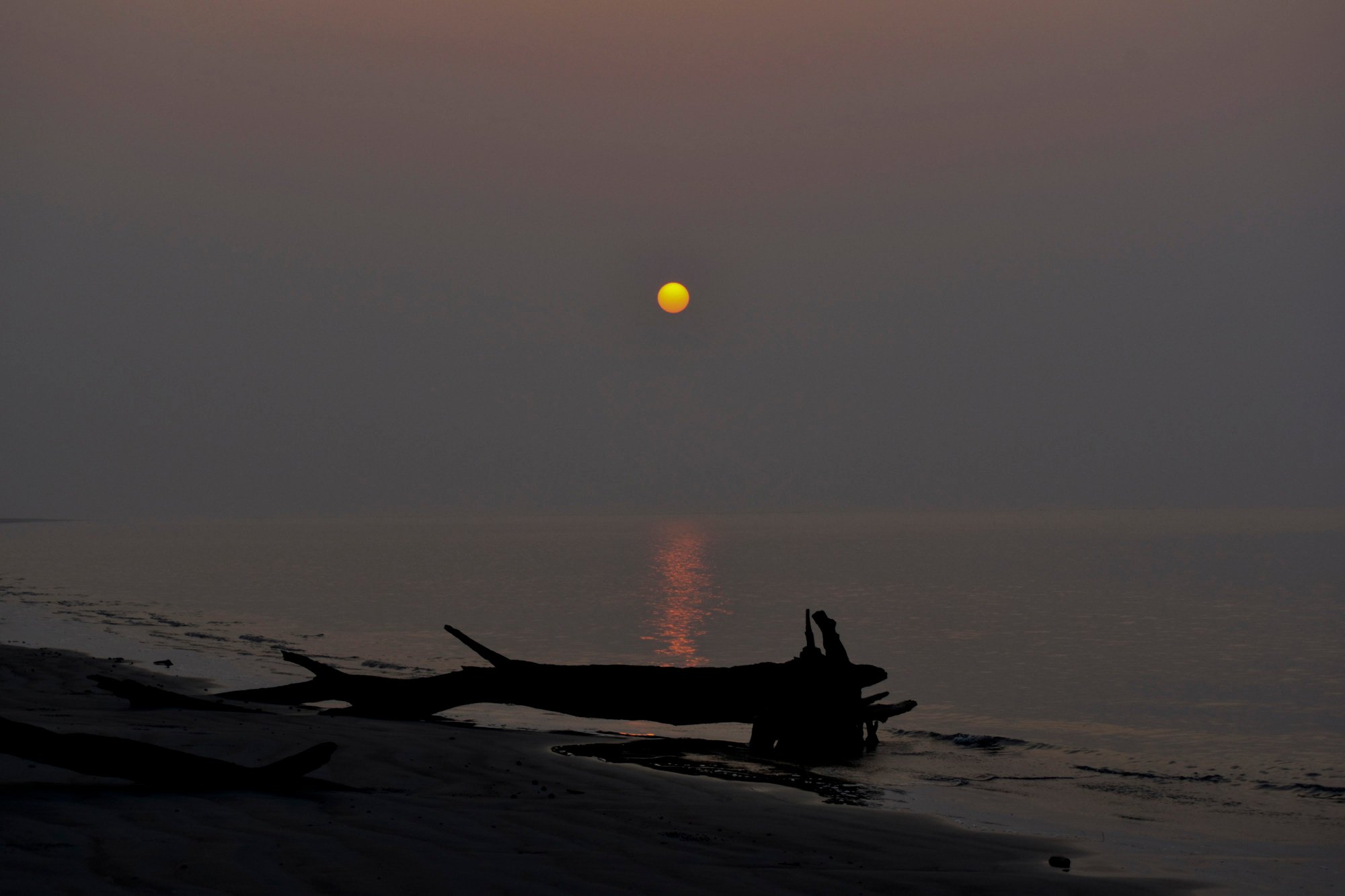
Over the pale sand, water glides around the worn curves of driftwood while the mangroves, with their strange, fanned-out pneumatophores (aerial roots), stand behind like prehistoric sentinels.
In the primordial stillness, the boundaries between past and future, solid and liquid, stable and fluctuating, seem to dissolve.
A glance at our forest guide, rifle slung over his shoulder, brings me back to reality; tigers kill 20 to 30 people a year across the Sundarbans. Many residents, of which there are around 4.5 million, still pray to the goddess Bonbibi, or Lady of the Forest, for protection from tigers when heading out into the forest or to fish.

Both Hindus and Muslims supplicate to Bonbibi; Islam forbids the worship of idols, but Muslim devotees insist that she is not a metamorphosis of the goddess Durga or Kali, but the daughter of a Sufi fakir (holy man or woman) from Saudi Arabia.
In this legend, Bonbibi was chosen by God to battle the demon Dakshin Rai, who would take the form of a tiger and prey on people. Instead of killing him, Bonbibi made a bargain with Dakshin Rai that anyone who worshipped her would be spared.
Most of the animal residents of the Sundarbans – including the Bengal tiger, the only one of its species adapted to a mangrove environment – are adept at moving smoothly between land and water.
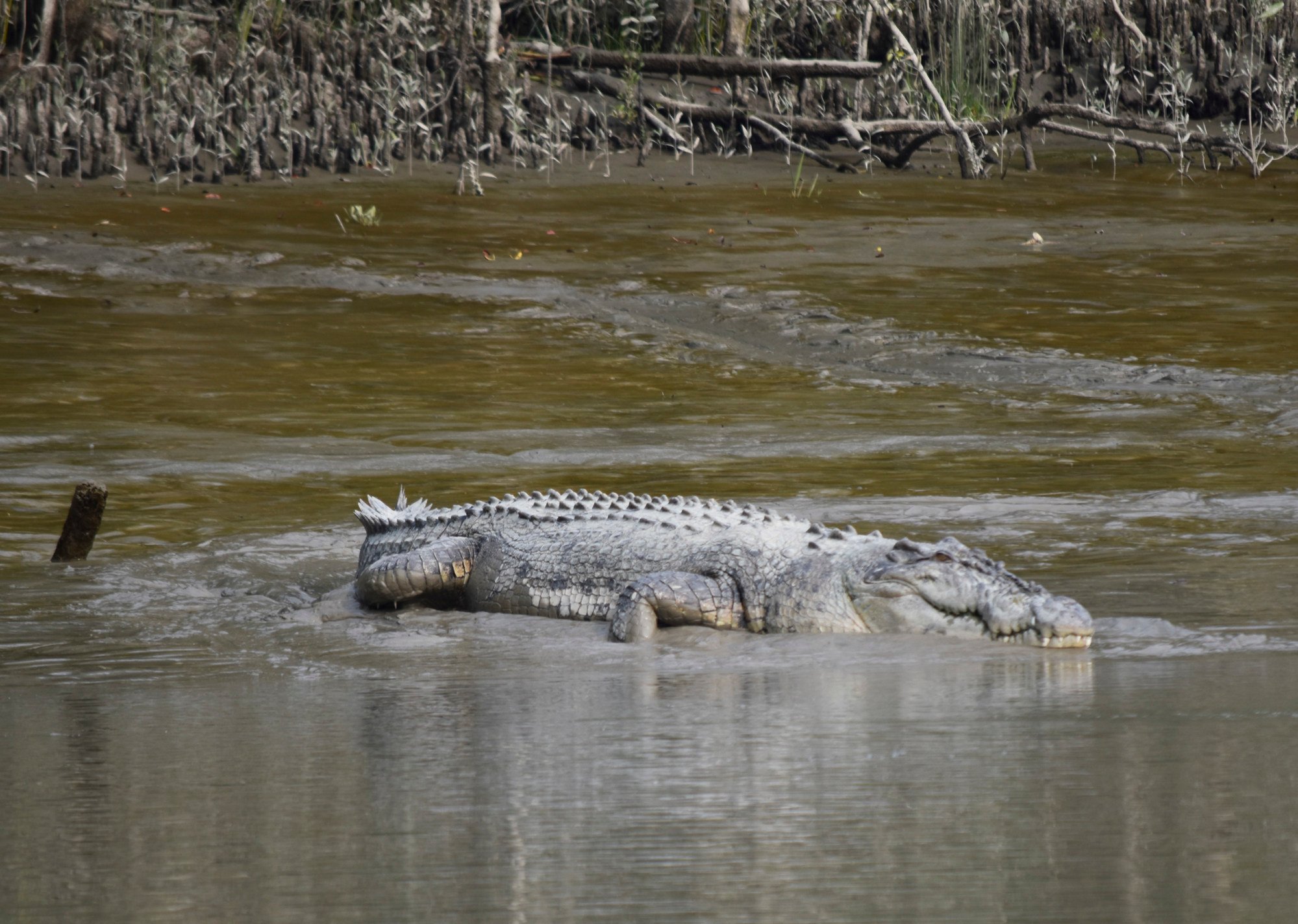
We see the paw prints of otters on the beach and later watch a pair frolicking on a muddy bank of a narrow stream.
Most of the Sundarbans’ reptiles are accomplished swimmers, including the rare Indian python and the semi-aquatic monocled cobra. The most striking of the birds in the Sundarbans, the iridescent kingfishers and the Pallas’s fish eagles, rely on the watery realms to hunt.
But it is the mangrove itself, the tree that probably gave its name to the Sundarbans – Heritiera fomes, or as it is locally known, Sundari – that is a true miracle of adaptation.

Comprising about 70 per cent of the trees in the Sundarbans, these mangroves are halophytes (salt-tolerant) and are able to survive in the low-oxygen conditions of waterlogged mud. They have developed a complex salt-filtration system and roots that can withstand saltwater immersion and wave action.
Mangroves pump out oxygen and provide habitats for everything from algae and shellfish to mammals and birds. They protect coastal areas from erosion, storm surges and tsunamis, and are a crucial store of carbon in an environment that would be challenging for other plant species.
Although four protected areas are Unesco World Heritage sites – Sundarbans West, South and East, in Bangladesh, were inscribed in 1997; the Sundarbans National Park, in India, was designated in 1987 – the latter was considered endangered in 2020 by the International Union for Conservation of Nature’s Red List of Ecosystems.
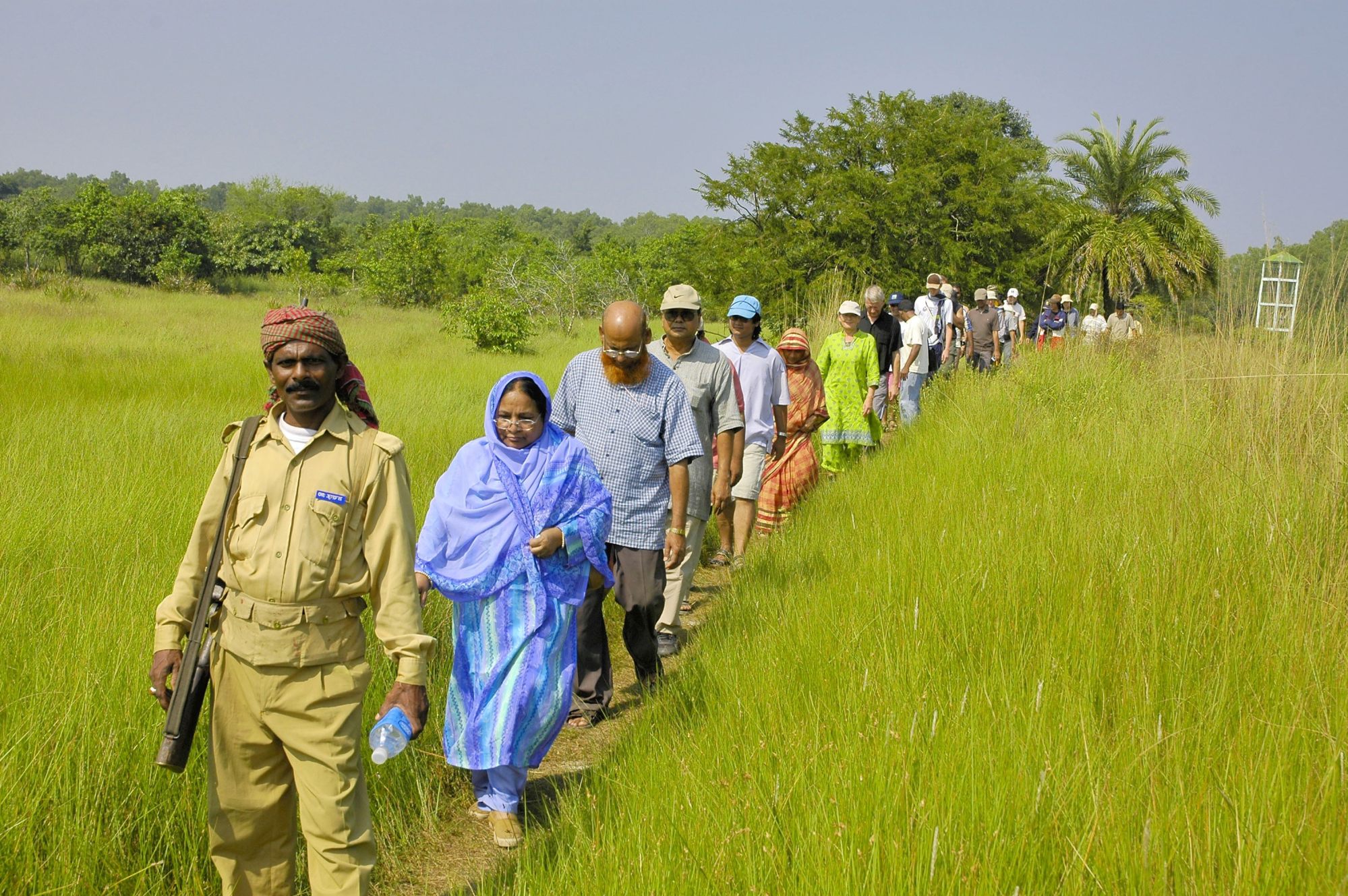

Rising sea levels are swallowing the forest, and plants and marine life are suffering due to the increasing water salinity. Land loss is forcing people to raze natural habitats to make space for farmland, and poaching is rife.
In 2009, Cyclone Aila devastated the Sundarbans. There were many casualties and hundreds of thousands of people, who made their living from timber, fishing or honey-collecting, lost their homes. With extreme weather becoming more common due to climate breakdown, the threat of destruction grows.
The Sundarbans is of universal importance for globally endangered species including the Bengal tiger (of which there are believed to be anything from 150 to 450 left), the fishing cat, Ganges and Irrawaddy dolphins, and the critically endangered endemic river terrapin.

At the Karamjal Wildlife Breeding Centre, the Bangladeshi government is supporting the reintroduction of estuarine crocodiles, tortoises and deer. On a visit, we pass the enclosures and their residents: crocodiles ranging from palm-sized to those longer than an adult human is tall, and pretty spotted deer that nibble leaves from our hands.
A creaking wooden walkway suspended above the mud floor on stilts takes us closer to the canopy of the forest. Large clumps of epiphytes sprout from tree trunks and monkeys chatter among the branches.
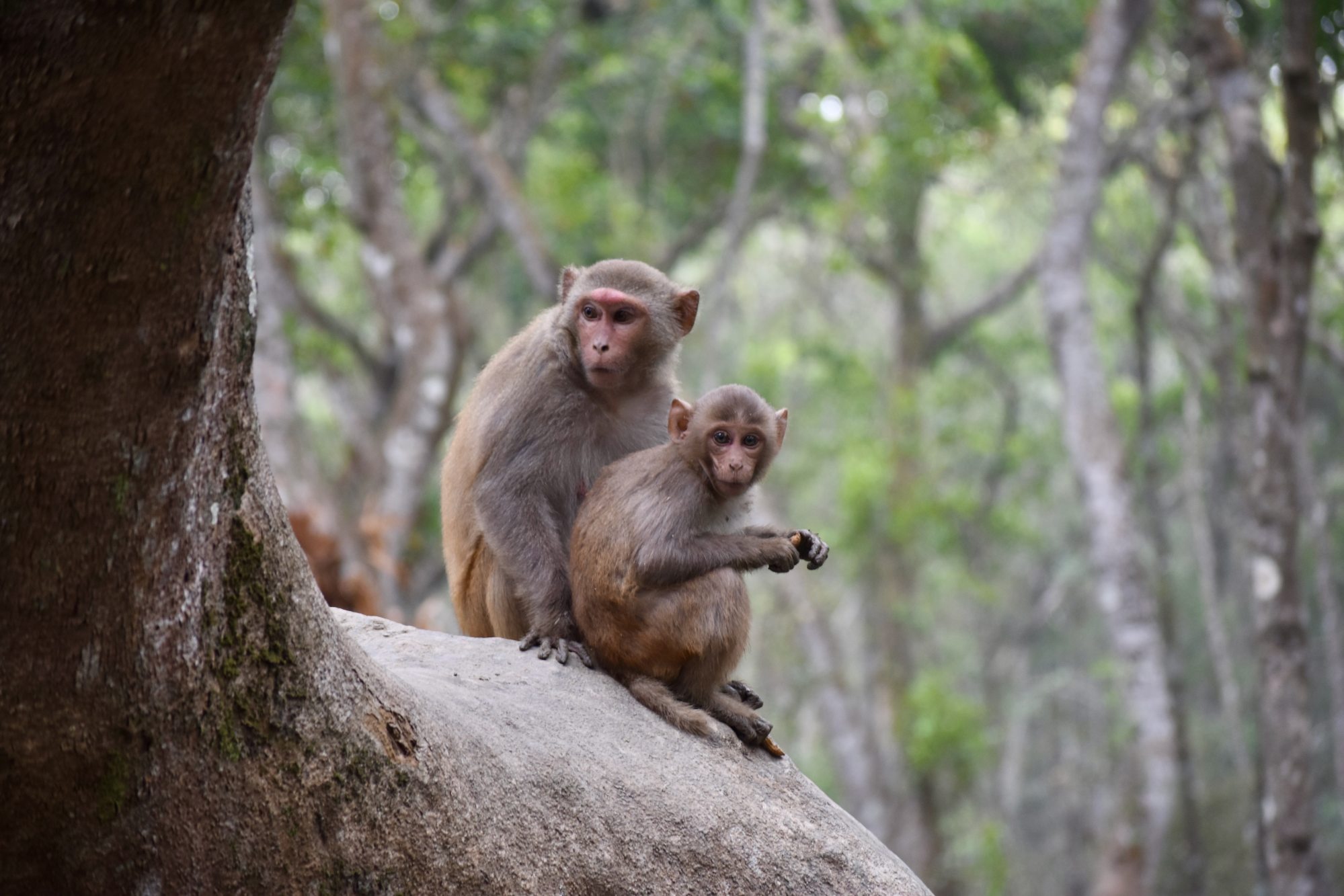
Back on board, the three-day cruise offers plenty of time for sitting on the tarpaulin-covered top deck looking out for crocodiles lounging on the river bank, dolphins carousing in the water and elegant white egrets standing motionless in the shallows.
Mealtimes on board are social affairs, combining generous portions and plenty of chat with good-natured, English-speaking Bengali tourists. Dinners often close with karaoke, and children and adults alike maintain a steady queue for the carrom table: a traditional game in which players flick discs across the board into corners.

We make at least two shore visits a day. Despite my fellow tourists using the forest walks as another chance to socialise at top volume, we manage to sight deer, wild boar, monkeys and birds. The tigers elude us, though, leaving only footprints in the mud to let us know they were there.
The trips along streams on the small wooden boats are perhaps the most magical, putting us at water level and giving us a glimpse deep into the forest. For one blissful minute, the boat engines are shut down, and the group manages to remain perfectly quiet. Only the songs of birds and the chirruping of insects break the tranquillity.
Once a ‘mini-Singapore’, abandoned Indian town is attracting tourists again
About 250,000 domestic and international visitors travel to the Bangladeshi Sundarbans each year. Tourist infrastructure remains minimal, particularly for overnight stays, confining visitors to boats. As development increases, this is likely to change, and without strict and sensitive management, put further strain on this precarious environment.
As we head back to Khulna, I feel compelled to invoke Bonbibi: for protection of the people of the Sundarbans from tigers, and for protection of the tigers and the habitat over which they reign from us.

